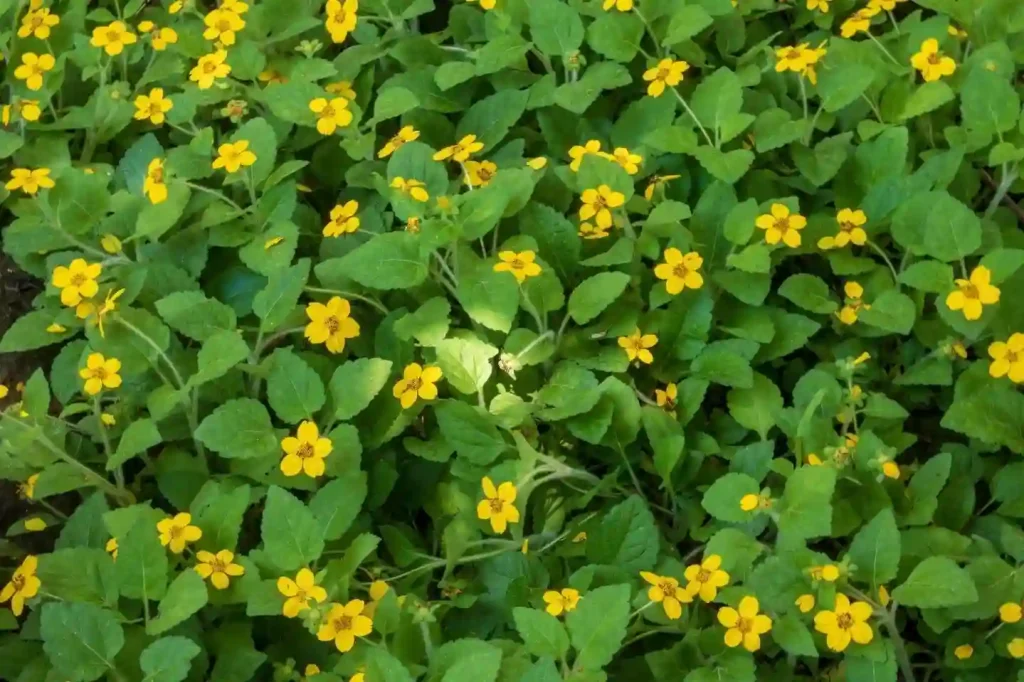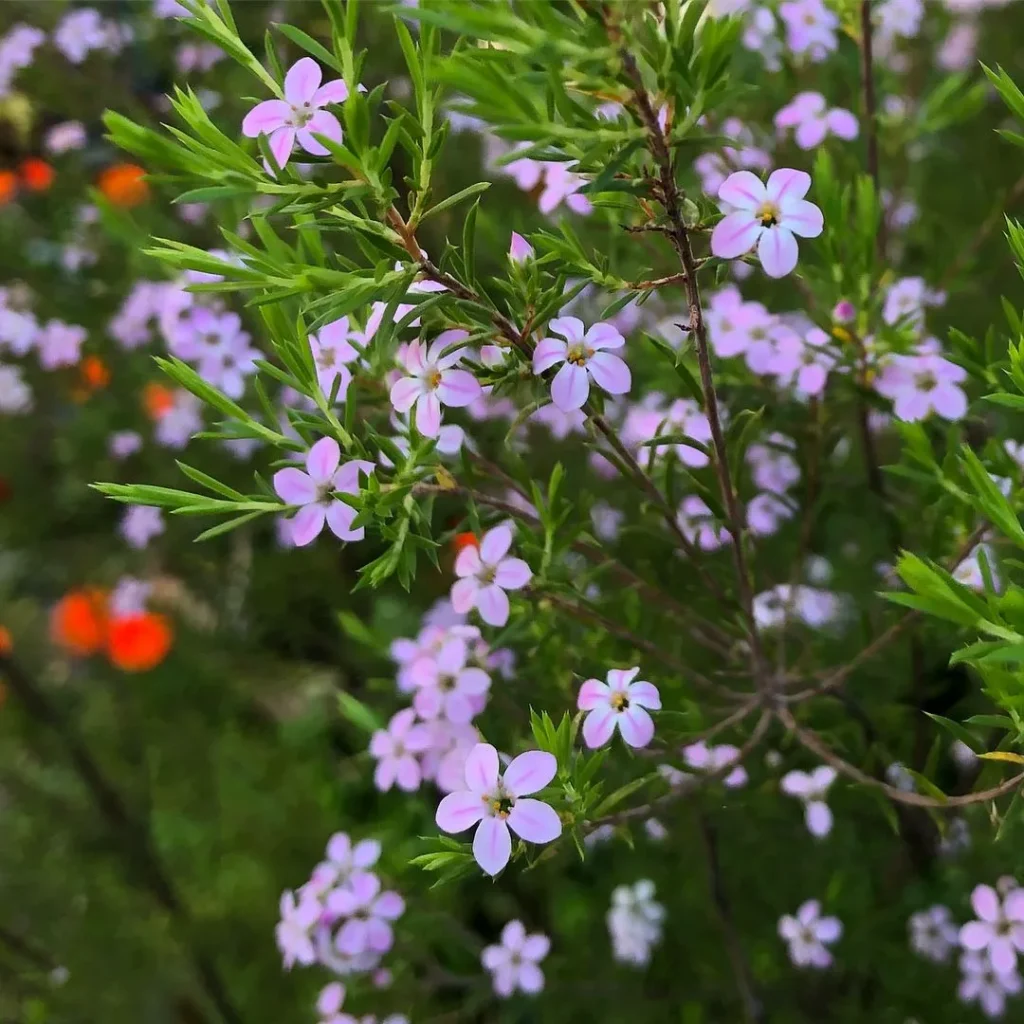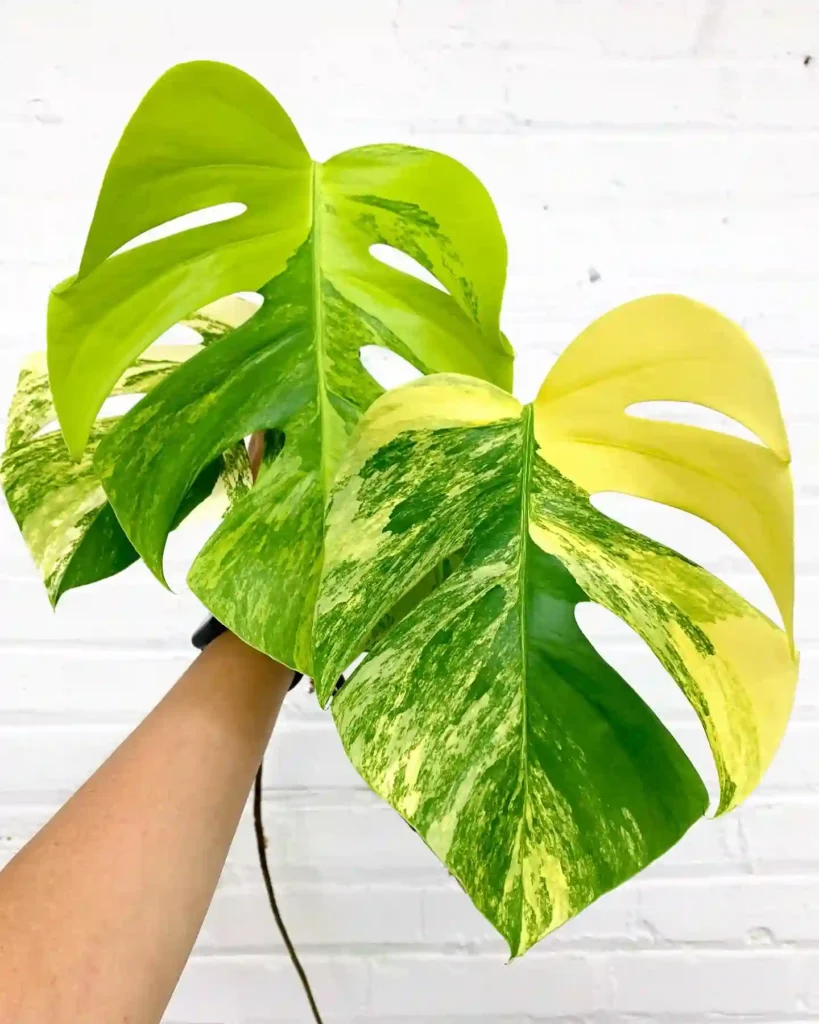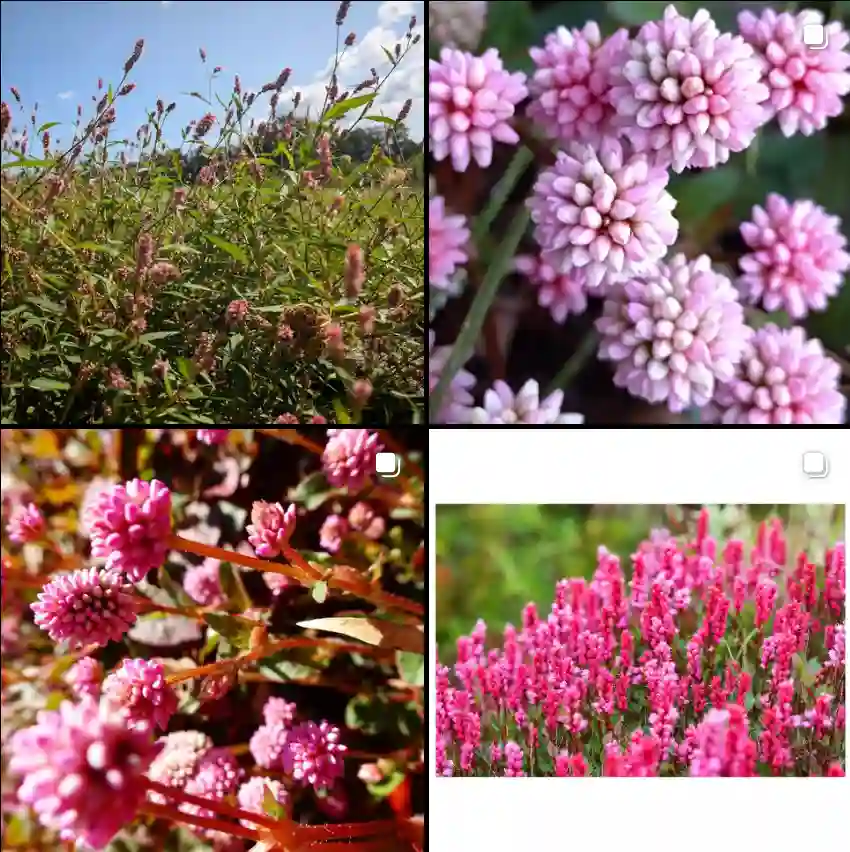Exploring the Mazaceae Family: A Personal Journey
As a plant enthusiast, I’ve always been fascinated by the diverse families of flora that exist around us. One such family that caught my attention is the Mazaceae family, which encompasses several unique genera, including Dodartia, Lancea, Mazus, and Puchiumazus. Each of these genera offers a glimpse into the remarkable adaptations and characteristics of plants within this family.
A Closer Look at Mazaceae
The Mazaceae family is not widely known, but it plays a significant role in certain ecosystems. With its origins primarily in the regions of East Asia, this family includes perennial herbs and small plants that thrive in a variety of habitats. Their resilience and adaptability are what I find particularly intriguing.
The family is part of the order Lamiales, which features many other well-known families, such as Lamiaceae and Verbenaceae. This connection helps me understand the evolutionary traits that Mazaceae shares with its relatives, providing a broader context for its unique characteristics.
Genera of the Mazaceae Family
Dodartia: The Less Known Gem
Dodartia is one of the lesser-known genera within the Mazaceae family, and it has sparked my curiosity. These plants are typically found in coastal regions, where they have adapted to withstand harsh environmental conditions. The leaves of Dodartia are often fleshy, which helps retain moisture in their natural habitats.
What strikes me about Dodartia is its ability to thrive in challenging conditions. I’ve come across several species in my travels, and witnessing their resilience in rocky soils has left a lasting impression. These plants not only contribute to their ecosystems but also inspire gardeners like me to embrace the beauty of nature’s adaptability.
Lancea: A Touch of Grace
Moving on to Lancea, this genus showcases a different aesthetic appeal. With slender stems and delicate flowers, Lancea plants offer a graceful addition to gardens and landscapes. They typically grow in moist, shaded areas, and their vibrant blooms are a sight to behold. I remember the first time I encountered Lancea in a botanical garden; the sight of those elegant flowers swaying gently in the breeze was captivating.
The ecological role of Lancea plants cannot be overlooked. They provide important ground cover, helping to prevent soil erosion and support local wildlife. The beauty and utility of Lancea make it a must-have for anyone looking to create a sustainable garden.
Mazus: A Ground Cover Marvel
Mazus is perhaps the most recognized genus within the Mazaceae family, primarily because of its use as a ground cover in gardens. These low-growing plants produce small flowers in various shades, including blue, purple, and white, creating a stunning visual effect when planted in mass.
My experience with Mazus has been rewarding. I’ve used it in my garden as a natural way to suppress weeds while adding color. Its ability to spread quickly makes it an excellent choice for filling in bare spots and creating a lush carpet of greenery. I often find myself recommending Mazus to fellow gardeners who are seeking an effective ground cover solution.
Puchiumazus: The Unique Addition
Lastly, we have Puchiumazus, a lesser-known genus that piqued my interest during my research. These plants, while not as widely cultivated, exhibit fascinating characteristics that deserve attention. They share similarities with Mazus but possess distinct traits that set them apart.
Puchiumazus plants tend to have thicker leaves and more robust growth habits, making them a potential candidate for ornamental gardens. I’m excited to see how they can be integrated into different landscapes, adding diversity and intrigue.
Cultivation and Care Tips
Cultivating plants from the Mazaceae family can be a rewarding endeavor. Here are some tips based on my personal experiences:
- Soil Requirements: Most Mazaceae plants prefer well-drained soil. I’ve found that a mix of compost and sand works wonders for improving drainage while providing essential nutrients.
- Watering: While some genera can tolerate dry conditions, others thrive in moisture-rich environments. I always check the specific needs of each plant and adjust my watering routine accordingly.
- Sunlight: Most species appreciate partial shade, although some can handle full sun. Observing how they respond to light conditions in my garden has helped me optimize their growth.
- Pest Management: Regular inspections for pests are essential. I’ve learned that early intervention can save a plant from significant damage.
Conclusion: Embracing the Mazaceae Family
The Mazaceae family, with its diverse genera, offers an exciting opportunity for gardeners and plant lovers alike. Through my experiences with Dodartia, Lancea, Mazus, and Puchiumazus, I’ve developed a deeper appreciation for the resilience and beauty of these plants. Whether you’re looking to create a lush ground cover or simply admire unique species, the Mazaceae family has something to offer.
In my journey through the world of plants, I encourage you to explore the Mazaceae family. Each genus has its own story and charm, waiting to be discovered. Happy gardening!
If i die, water my plants!



